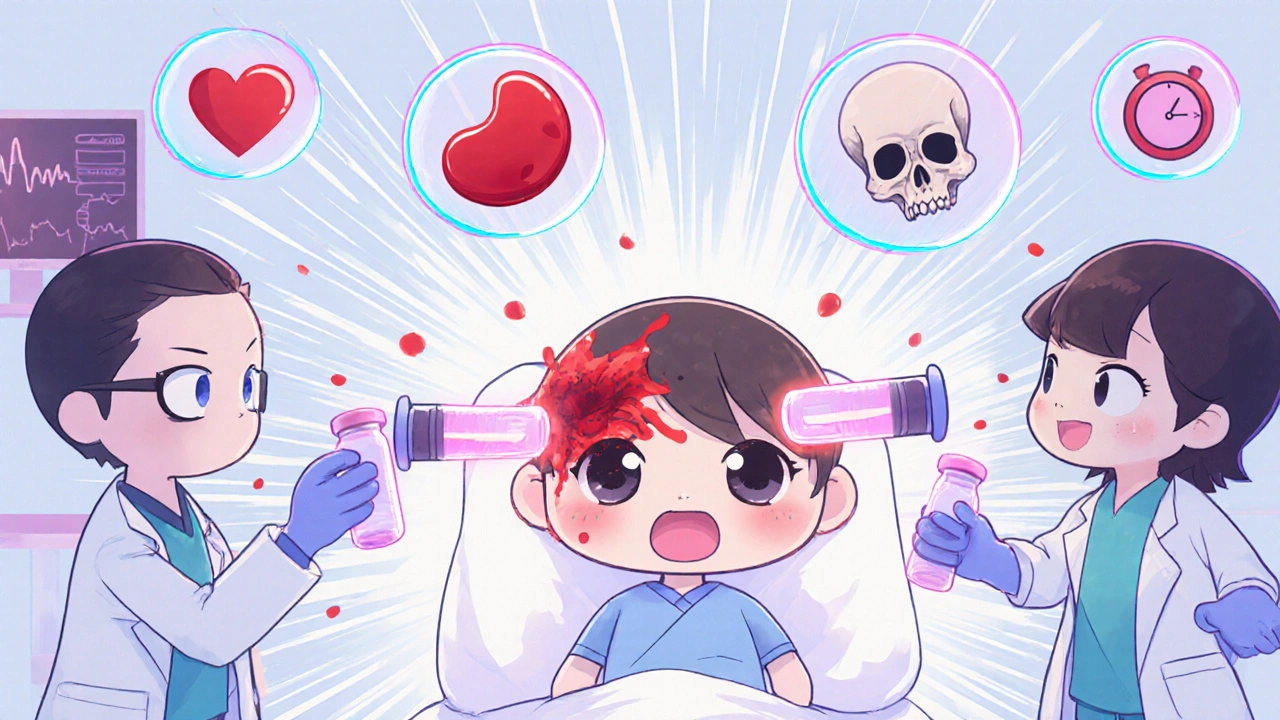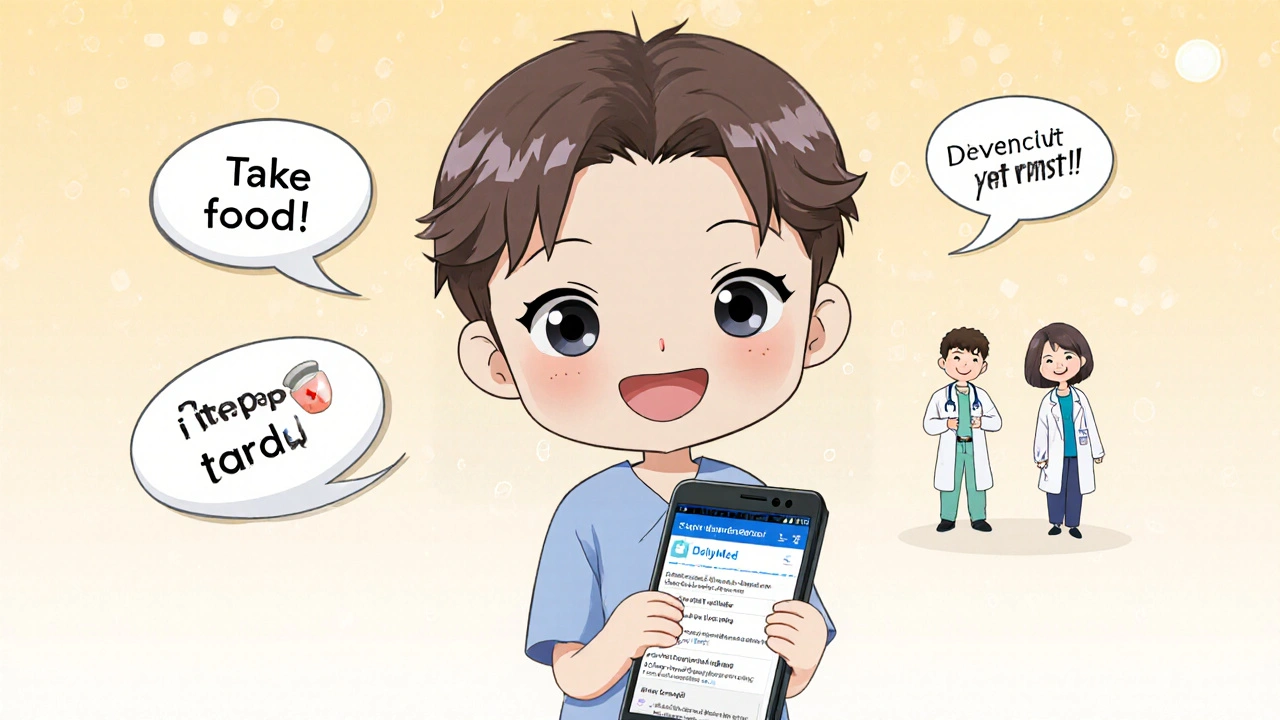Idarucizumab: The Reversal Agent for Dabigatran and What You Need to Know
When someone on idarucizumab, a monoclonal antibody fragment designed to reverse the anticoagulant effects of dabigatran. Also known as Praxbind, it is used in life-threatening bleeding or before emergency surgery. takes a bad fall or suffers a stroke, time becomes the enemy. Unlike older blood thinners, dabigatran (Pradaxa) doesn’t have a simple antidote—until idarucizumab came along. This isn’t a general reversal drug. It’s built for one thing: neutralizing dabigatran fast, in minutes, without affecting other clotting factors.
Idarucizumab works like a molecular magnet. Dabigatran blocks thrombin, the enzyme your body needs to form clots. Idarucizumab binds to dabigatran so tightly that it pulls it away from thrombin, letting clotting resume. It’s not a cure for bleeding—it’s a tool to stop the bleeding from getting worse. You’ll find it in ERs, trauma centers, and stroke units across the UK. It’s not for routine use. It’s for when someone’s bleeding out and the doctor needs to act before the next hour passes.
It’s not magic. Doctors still need to manage the underlying cause—whether it’s a head injury, gastrointestinal bleed, or surgical complication. And idarucizumab doesn’t fix the fact that the patient was on a blood thinner in the first place. But it buys critical time. Studies show it reverses dabigatran’s effect in under five minutes. That’s faster than waiting for kidneys to clear the drug naturally, which can take days in older patients.
People on dabigatran are often older, with atrial fibrillation or artificial heart valves. They’re at higher risk for falls and internal bleeding. Idarucizumab gives their care team a real shot at survival when things go wrong. It’s also used before emergency surgery—like a hip repair after a fracture—where stopping the blood thinner too early could cause a clot, and not stopping it could cause fatal bleeding.
There’s a catch. Idarucizumab only works on dabigatran. If someone is on rivaroxaban, apixaban, or warfarin, this drug won’t help. That’s why knowing exactly what anticoagulant a patient is taking is non-negotiable. Emergency teams rely on patient cards, pharmacy records, or family input to make the right call. Mistaking one blood thinner for another can cost precious minutes.
It’s not cheap. A single dose can run into thousands of pounds. But in the right situation, it’s worth every penny. Hospitals keep it on hand—not because it’s used every day, but because when it’s needed, there’s no time to order it.
You won’t find idarucizumab in pharmacies or online stores. It’s strictly hospital-administered. But understanding what it is, why it exists, and how it fits into the bigger picture of anticoagulant safety helps patients and families ask the right questions. If you or someone you care for is on dabigatran, ask your doctor: "What happens if I have a serious bleed?" That conversation could save a life.
Below, you’ll find real-world posts that dig into anticoagulant management, drug interactions, and emergency protocols—everything from how blood thinners affect the elderly to what happens when they clash with other meds. These aren’t theoretical guides. They’re based on what’s happening in clinics, ERs, and pharmacies right now.





